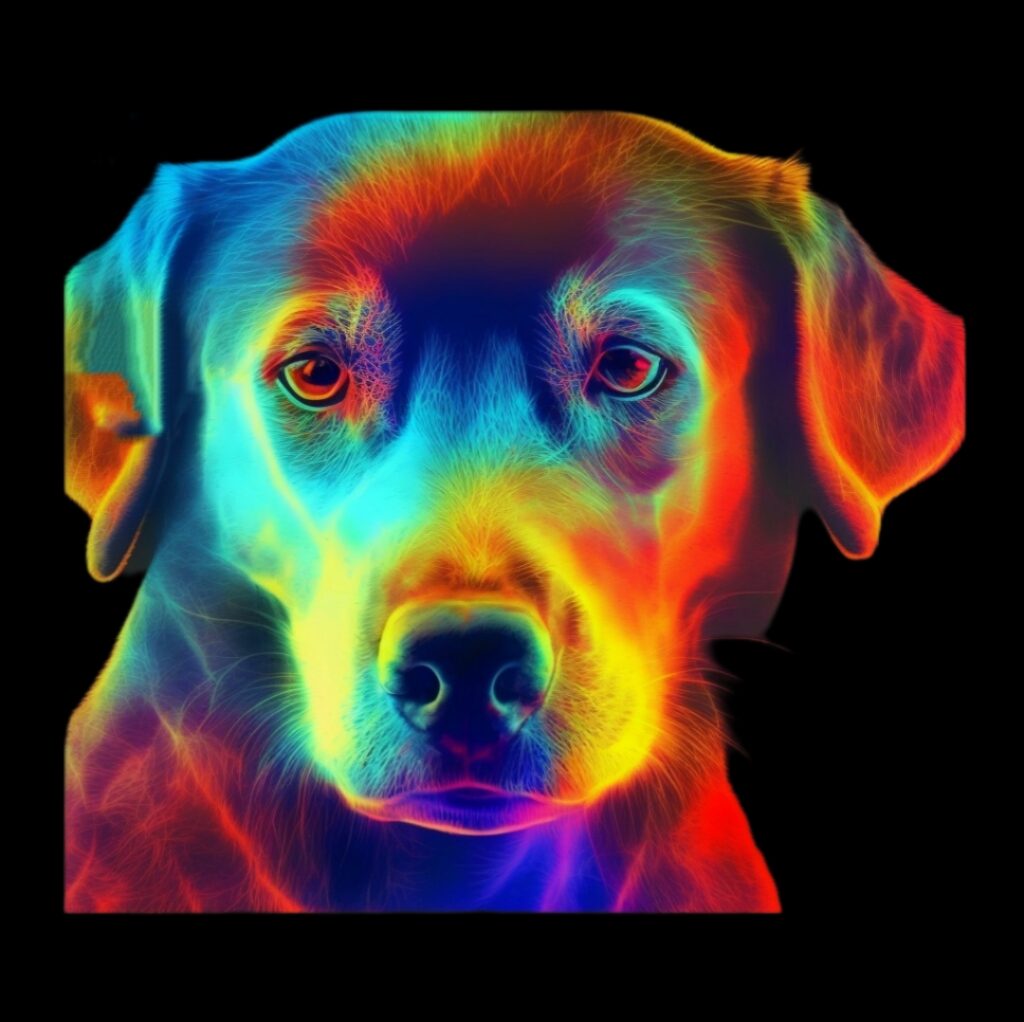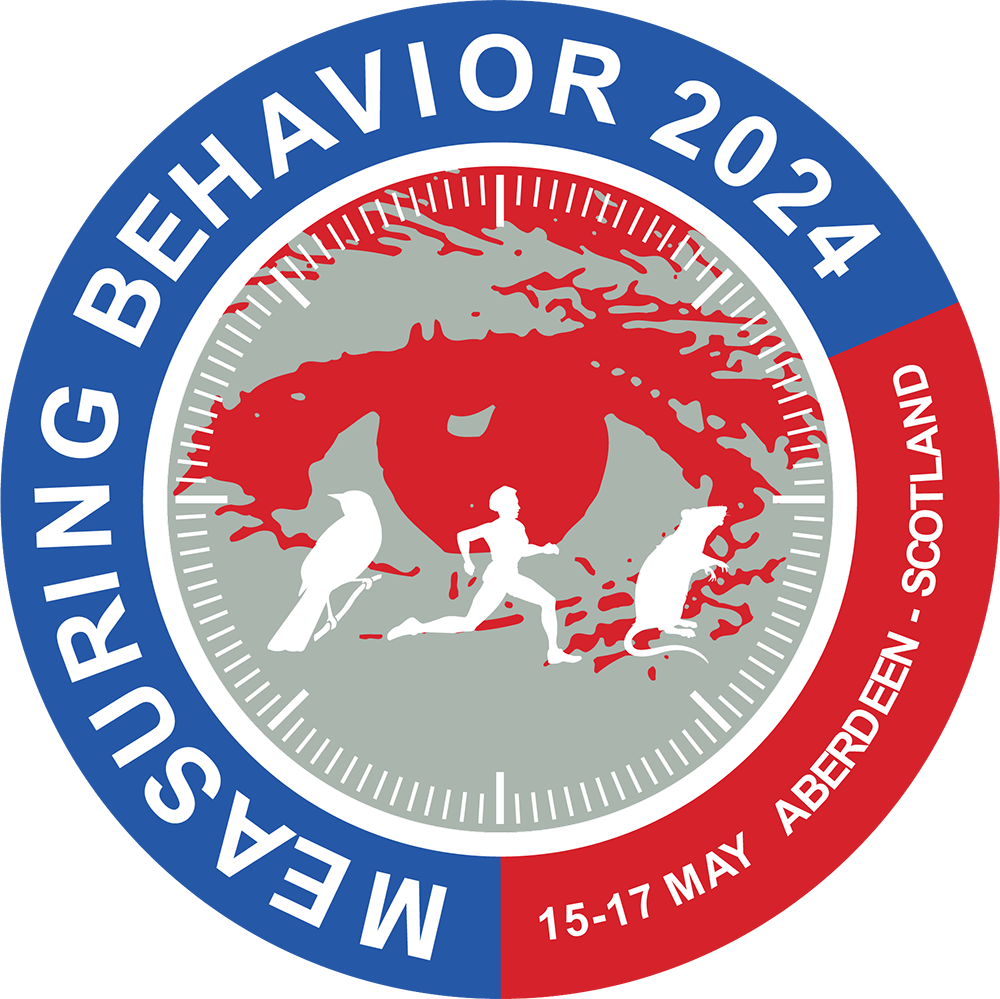Organisers:
- Anna Zamansky, Information Systems Department, University of Haifa
- Annika Bremhorst, Dogs and Science, University of Lincoln (UK), University of Haifa (Israel)
- Giulia Pedretti, University of Parma (Italy)
- Chiara Canori, University of Parma (Italy)
Schedule: Thursday 16th May 2024, 10:00 – 12:10, Meeting Room 4
10:00 – 10:20 Lauren Finka – Using Facial Action Unit and Geometric Morphometric approaches to quantify animal facial movements and their interpretability in the context of affective states
There is a growing body of work focused on the social and emotional relevance of facial movements across mammalian taxa. Facial Action Coding and Geometric Morphometrics provide useful methodologies in the standardized, anatomically informed documentation of animal facial movements, successfully differentiating between affect-associated contexts, most notably in relation to pain. However, these types of approaches also present various practical, methodological, empirical and conceptual challenges in the quantification of emotions based on animals’ facial appearances.
10:20 – 10:40 Bridget Waller Can Facial Action Coding Systems (FACS) be used to Quantify Emotion in Animals?
Facial expressions are ubiquitous among social primates, including humans, often appearing physically and functionally similar across species. There is a strong tradition of trying to use these expressions as indicators of internal state in other animals. However, I argue that associating these behaviours with emotion a priori can bias our interpretation and cause us to overlook function. The development of anatomically based coding systems (Facial Action Coding Systems: FACS) in animals has facilitated comparisons.
10:40 – 11:00 Claire Ricci-Bonot – Automated recognition of facial expression of frustration and disappointment in horses during feeding period
Research using facial expressions in horses has mainly been focusing on the context of pain rather than the recognition of their emotions. This research is the first to develop AI models for automatic recognition of equine emotional states, using data collected during the feeding period. Two different routes were used: deep learning and machine learning. Deep learning outperforms machine learning, with 76% accuracy in separating between four emotional states: baseline, positive anticipation, frustration and disappointment.
11:00 – 11:20 Catia Correia-Caeiro – A new observational tool for measuring facial movement in gorillas (Gorilla spp.): GorillaFACS – The Gorilla Facial Action Coding System
Facial expressions are central for communication and emotion in social species. The Facial Action Coding System (FACS) is an objective and anatomical tool widely used to measure facial movement. It allows comparisons between species and avoids assumptions of meaning. Here we developed a new FACS tool for gorillas, the GorillaFACS. FACS investigates facial expressions in a comparative way to better understand the evolution of communicative and emotional processes, but also can improve species welfare.
BREAK
11:30 – 11:50 Tiago Monteiro – Dogs’ tail as a metronome of their emotional states and its use as a communicative tool: effects of intra and interspecific audiences during a frustration condition
In this study, we aim to investigate tail movement patterns in domestic dogs during a frustration test with the presence or absence of a social partner. The study involves observing dogs in social (with conspecifics and humans) and non-social conditions while analysing the tail position and movement kinematics. Based on previous literature, we hypothesise that the presence of a social partner will elicit distinct tail movements compared to non-social conditions.
11:50 – 12:10
George Martvel – CatLED: an automated landmark detector for cat facial analysis.
This study presents CatELD, an innovative automated detector for cat facial landmarks, addressing the challenges of manual analysis in animal facial expression research. Utilizing convolutional neural networks, CatELD accurately identifies 48 specific landmarks on cat faces, aiding in the analysis of emotional states and pain assessment. The system demonstrates superior accuracy over existing models. CatELD’s effectiveness extends to various applications, including breed and pain recognition, showing promise for advancing animal welfare research and practical applications.
12:10 – 12:30 Anna Zamansky – The Development of a Facial Landmark Scheme for Dogs
CANCELLED
Description:
The development of objective tools for measuring animal behaviour, comprising facial and body movements, as well as recent advances in Artificial Intelligence (AI), offer exciting new opportunities for the investigation of animal affective states, which encompasses emotions, distress, mood, and pain. This symposium aims to connect the fields of animal behaviour and cognition, veterinary science, and AI. Our focus will be an integrated discourse on the challenges and opportunities faced when synthesizing traditional animal behaviour research with cutting-edge AI methodologies for investigating animal affective states. Our objectives for this symposium are:
- Discussing the integration of conventional animal behavioural research with state-of-the-art AI techniques.
- Identifying challenges and prospects that arise when merging these fields. – Introducing participants to useful tools in the field, including AnimalFACS annotation systems and AI affective computing.
- Promoting interdisciplinary collaboration among experts. – Highlighting the role of AI in enhancing our understanding of animal emotions and other internal conditions.
The symposium has evolved from three previous workshops (two online and one physical):
- Research Methods in Animal Emotion Analysis held online in 2021 (Animal Emotion Analysis Workshop 2021)
- AnimalFACS Practical Workshop held online in 2021 (AnimalFACS Workshop 2021 | Animal Computing)
- New Methods in Dog Behavior Analysis held at the University of Haifa, Israel in 2023 (New Methods in Dog Behavior Analysis 23)

 Measuring Behavior
Measuring Behavior